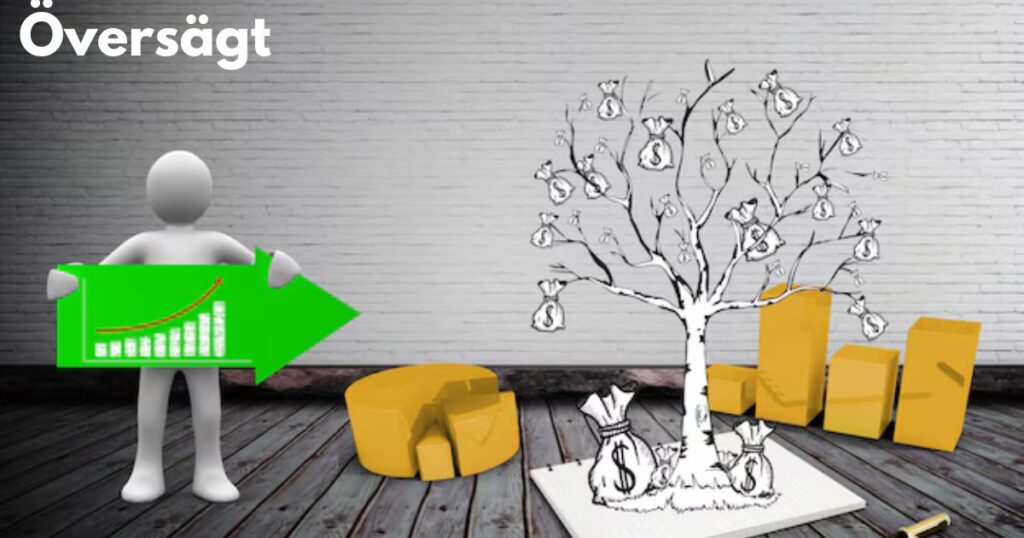Översägt is a term that resonates with layers of cultural, linguistic, and philosophical undertones. While it originates from a Swedish word that can loosely translate to “overstated” or “exaggerated,” its application has transcended mere language, delving into deeper discussions of human expression, communication, and the power of narrative. In a world shaped by hyperbole and digital interactions, Översägt encapsulates the challenges of distinguishing fact from embellishment and truth from distortion. Exploring its implications provides insights into how language shapes perception and societal values.
The Essence of Översägt in Communication
In communication, Översäg’t often serves as a cautionary note against over-explaining or exaggerating information. It highlights the fine balance required in delivering messages effectively without losing authenticity or trust. When individuals or entities engage in Översäg’t, they risk diminishing their credibility and confusing their audience. Whether in personal interactions or public discourse, an exaggerated narrative can distort the intended message, leading to misunderstandings or skepticism. This concept underscores the importance of concise, truthful, and transparent communication.
Översägt and Its Role in Modern Media
The digital age has amplified the prevalence of Översägt, particularly within media and advertising. Social media platforms, marketing campaigns, and news outlets often rely on sensationalism to capture attention. While this strategy can be effective in drawing audiences, it raises ethical questions about the accuracy and integrity of the information presented. Översäg’t in media not only influences public opinion but also perpetuates a cycle where exaggeration becomes the norm. Addressing this phenomenon requires a conscious effort from creators and consumers to prioritize substance over spectacle.
Cultural Perspectives on Översägt
Culturally, Översäg’t varies in interpretation and acceptance. In some societies, embellishment is seen as a form of art or storytelling that enriches narratives. In others, it is viewed with suspicion, often associated with dishonesty or manipulation. These differing perspectives reflect how cultural values shape attitudes toward truthfulness and exaggeration. By understanding these nuances, one can appreciate how Översägt operates as both a linguistic phenomenon and a cultural construct.
Översägt in Everyday Life
Beyond media and culture, Översäg’t manifests in everyday interactions, influencing how people present themselves and perceive others. From job interviews to social gatherings, individuals often feel compelled to exaggerate achievements or downplay challenges to meet societal expectations. While this can be seen as a survival mechanism in competitive environments, it also raises questions about authenticity and self-awareness. Acknowledging the role of Översäg’t in personal dynamics encourages introspection and a commitment to genuine self-expression.
The Psychological Implications of Översägt
Psychologically, Översäg’t reflects a human tendency to seek validation or avoid vulnerability. When individuals exaggerate, they may be attempting to protect their self-esteem or project an idealized version of themselves. However, this can lead to cognitive dissonance, where the discrepancy between reality and perception creates internal conflict. Understanding the psychological roots of Översäg’t can provide tools for fostering healthier communication and self-perception, emphasizing the value of authenticity.
Addressing Översägt in Professional Settings
In professional environments, Översägt poses unique challenges and opportunities. Exaggeration in resumes, project reports, or business pitches can lead to short-term gains but long-term reputational damage. Conversely, transparency and honesty foster trust and collaboration, essential for sustainable success. Organizations can address Översäg’t by cultivating a culture of integrity, where achievements are celebrated without the need for embellishment. This approach not only strengthens internal relationships but also enhances external credibility.
The Ethical Dimension of Översägt
Ethically, Översäg’t raises critical questions about responsibility and accountability. When exaggeration crosses the line into deception, it undermines trust and fairness, whether in personal relationships, business transactions, or public discourse. Addressing these ethical concerns involves creating frameworks that promote truthfulness and discourage manipulation. This can include regulatory measures, educational initiatives, and individual commitment to ethical standards.
Combating Översägt in the Digital Era
The digital era has made it increasingly challenging to distinguish between accurate information and Översägt. Fake news, clickbait headlines, and misleading advertisements are common manifestations of this phenomenon. Combating Översäg’t requires media literacy and critical thinking skills, empowering individuals to evaluate information sources and verify facts. By fostering a culture of informed consumption, society can mitigate the negative impacts of exaggeration and misinformation.
The Role of Översägt in Creativity and Art
While Översägt often carries negative connotations, it also plays a role in creativity and artistic expression. Hyperbole and exaggeration are powerful tools in literature, film, and visual arts, allowing creators to convey emotions, critique societal norms, or explore abstract ideas. When used intentionally and transparently, Översäg’t can enrich artistic works and provoke meaningful conversations. This highlights the dual nature of exaggeration as both a potential pitfall and a source of inspiration.
Översägt as a Reflection of Societal Values
Ultimately, Översäg’t serves as a mirror reflecting societal values and priorities. In an era characterized by competition and self-promotion, the prevalence of exaggeration underscores the pressures individuals face to succeed and stand out. By addressing these underlying factors, society can create environments that prioritize authenticity, collaboration, and mutual respect. This shift requires collective effort, from educational institutions to media organizations, to redefine the metrics of success and value.
Conclusion
Översägt is more than just a linguistic term; it is a concept that permeates various aspects of life, from communication and media to culture and ethics. Understanding its implications provides valuable insights into human behavior, societal norms, and the power of language. While exaggeration can serve as a tool for creativity and expression, it also carries risks that require mindful navigation. By fostering a culture of authenticity and critical thinking, individuals and organizations can harness the positive aspects of Översäg’t while mitigating its challenges.
FAQs
What does Översägt mean?
Översägt is a Swedish term that translates to “overstated” or “exaggerated,” often used to describe exaggerated claims or expressions.
How does Översägt impact communication?
Översägt can distort messages, leading to misunderstandings or reduced credibility, emphasizing the importance of concise and truthful communication.
Why is Översägt prevalent in media?
Media often uses Översägt to attract attention, but this approach raises ethical concerns about the accuracy and integrity of information.
How can one combat Översägt in daily life?
Practicing honesty, fostering self-awareness, and developing critical thinking skills can help reduce the influence of Översägt in personal and professional settings.
Is Översägt always negative?
Not necessarily. While often seen as problematic, Översägt can also enrich creative works when used intentionally and transparently in art and storytelling.


